When it comes to interior decoration, the living room is often seen as the heart of the home. It’s where we gather with family and friends, unwind after a long day, and showcase our personal style. Over the years, I’ve had my fair share of decorating experiences, and I’m excited to share my insights with you. In this extensive guide, we’ll dive into the world of interior design, focusing on living room decor (decorado de interiores salas), exploring different styles, color palettes, and essential elements that can turn your living space into a welcoming oasis.
Understanding the Basics of Living Room Decor
Before diving into specific styles and ideas, it’s essential to understand the basics of living room decor. The key elements that contribute to an inviting atmosphere include:
- Color Scheme: The colors you choose can significantly affect the mood of your space.
- Furniture Layout: The arrangement can enhance or hinder the functionality of your living room.
- Lighting: Proper lighting can change the ambiance and highlight your decor.
- Accessories and Decor: Personal touches like art, plants, and throw pillows add warmth to the room.
Popular Styles for Living Room Decor
There are various styles of living room decor, each with its unique charm and character. Here are some favorites:
1. Modern Minimalism
This style focuses on simplicity and functionality. A modern minimalist living room often features:
- Sleek furniture with clean lines
- A neutral color palette with occasional bold accents
- Uncluttered spaces that emphasize openness
Pros and Cons of Modern Minimalism
| Pros | Cons |
|---|---|
| Promotes relaxation and calmness | May feel cold or uninviting if not accessorized well |
| Easy to clean and maintain | Can appear too sterile or plain without personalized touches |
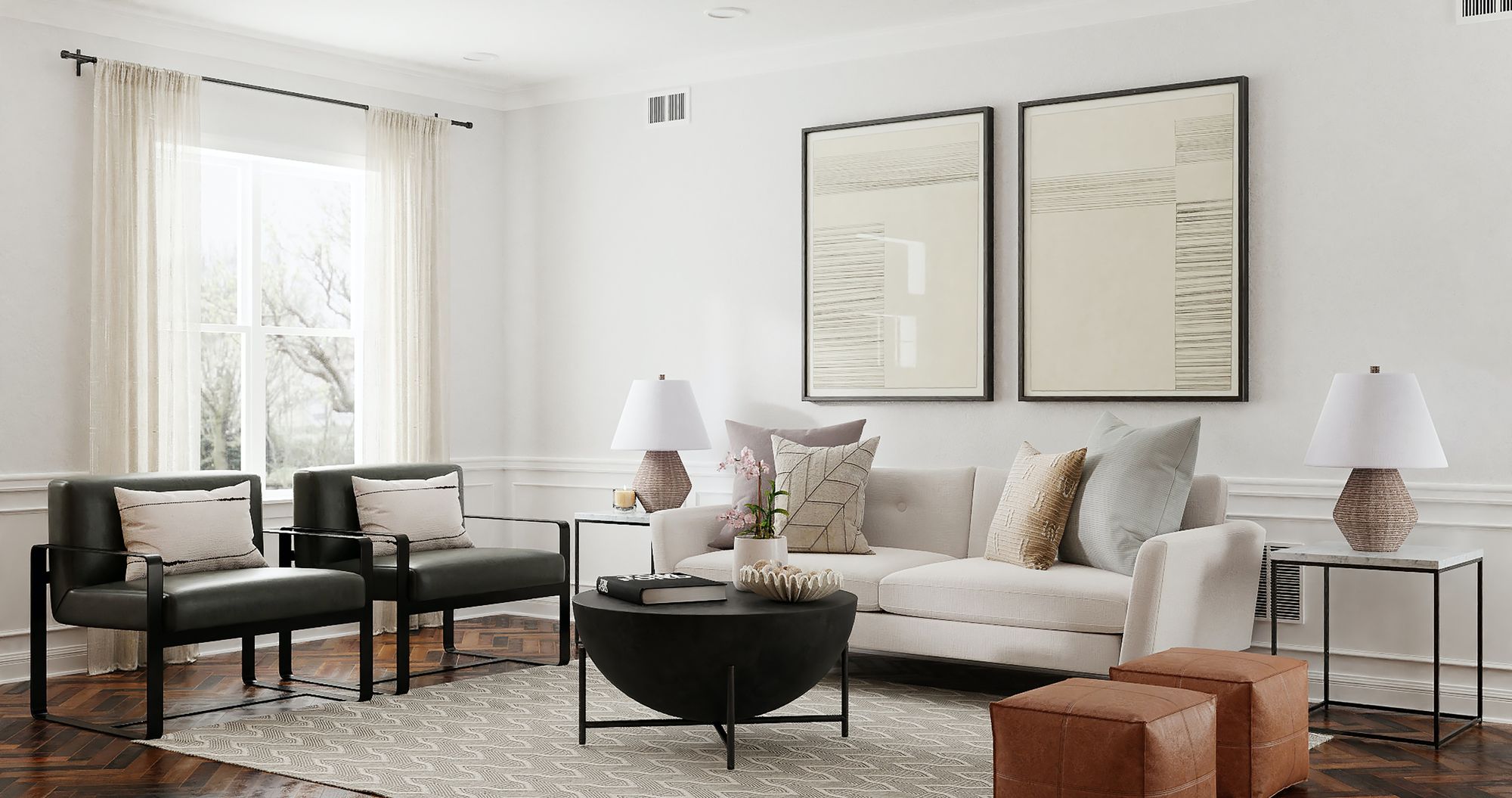
2. Cozy Farmhouse Style
The farmhouse style brings a warm, inviting feel to the living room. Key features include:
- Natural materials like wood and stone
- Soft, muted colors with pops of rustic charm
- Comfortable, oversized furniture
Pros and Cons of Farmhouse Style
| Pros | Cons |
|---|---|
| Creates a warm, inviting atmosphere | Can be challenging to achieve a cohesive look if overdone |
| Encourages a sense of togetherness | May require more upkeep with natural materials |
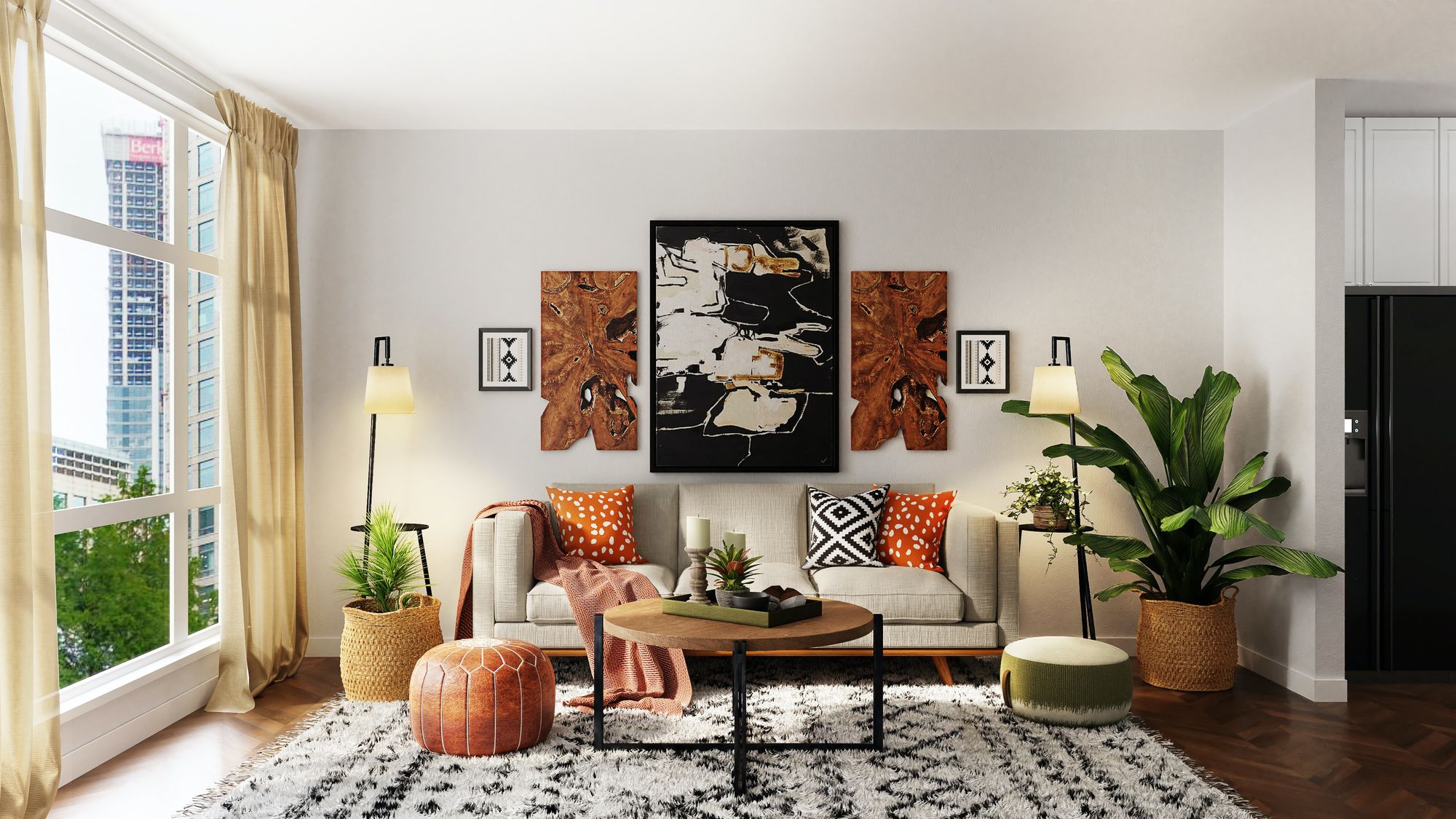
3. Bohemian Chic
If you love a carefree and eclectic vibe, bohemian decor is for you. It often features:
- A mix of different colors, patterns, and textures
- Unique, global-inspired artwork and decor items
- Comfortable seating options, such as floor cushions and oversized throws
Pros and Cons of Bohemian Style
| Pros | Cons |
|---|---|
| Highly personalized and unique | Can easily become cluttered without careful curation |
| Encourages creativity and self-expression | May not appeal to everyone’s taste |

Choosing the Right Color Palette
The color palette you choose plays a vital role in setting the mood of your living room. Here are some popular trends:
1. Neutral Tones
Soft grays, beiges, and whites create a calm and sophisticated space. You can add depth with dark furniture or colorful art pieces.
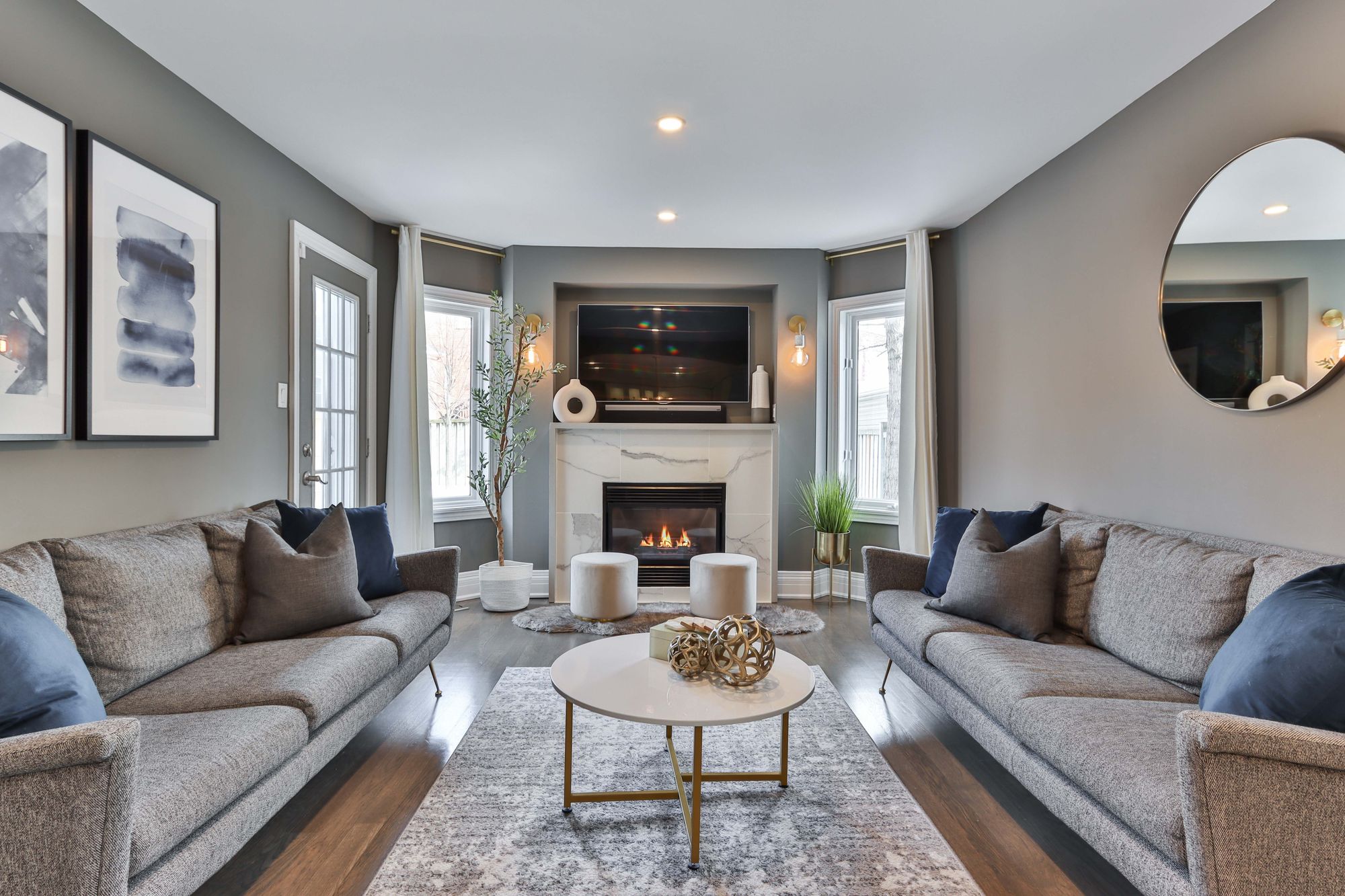
2. Bold Colors
If you’re feeling adventurous, consider deep blues, emerald greens, or vibrant yellows. A bold color can be a focal point and energize the room.
3. Pastels
Soft pastels can evoke a sense of peace and serenity. Shades like light pink, lilac, and mint can create a fresh and airy atmosphere.
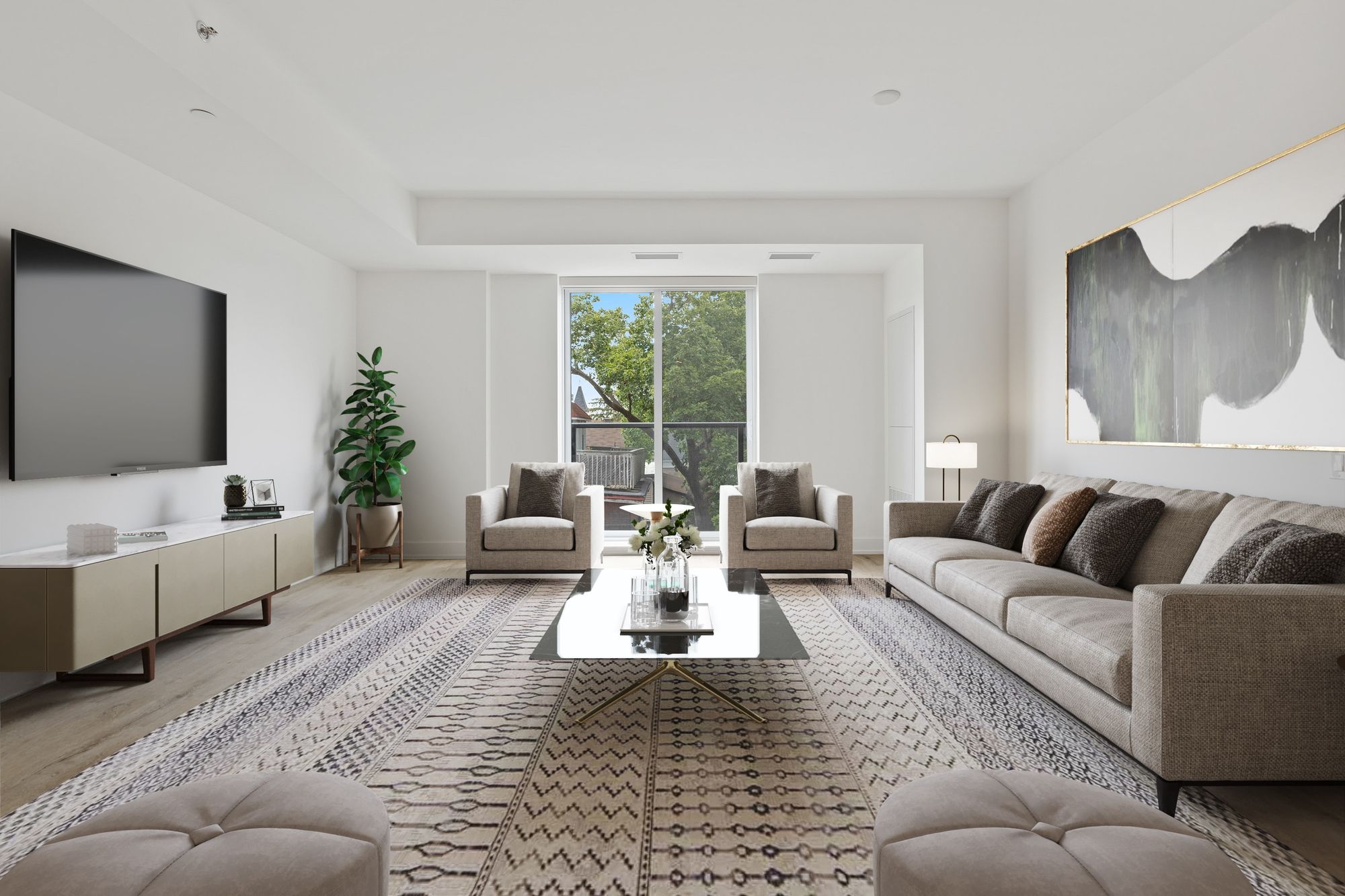
Furniture Layout Ideas
The furniture layout can greatly influence the usability of your living room. Here are some layout ideas to consider:
1. The Classic Layout
Place the sofa facing the main focal point (like a fireplace or TV), with chairs on either side. This layout promotes conversation and is ideal for social gatherings.

2. The L-Shaped Layout
In smaller spaces, an L-shaped layout can maximize seating without feeling cramped. Position the sofa on one wall and the chairs adjacent to it.
3. The Open Layout
If you have a large living room, consider creating distinct zones for different activities, such as seating for conversation, a gaming area, or a reading nook.
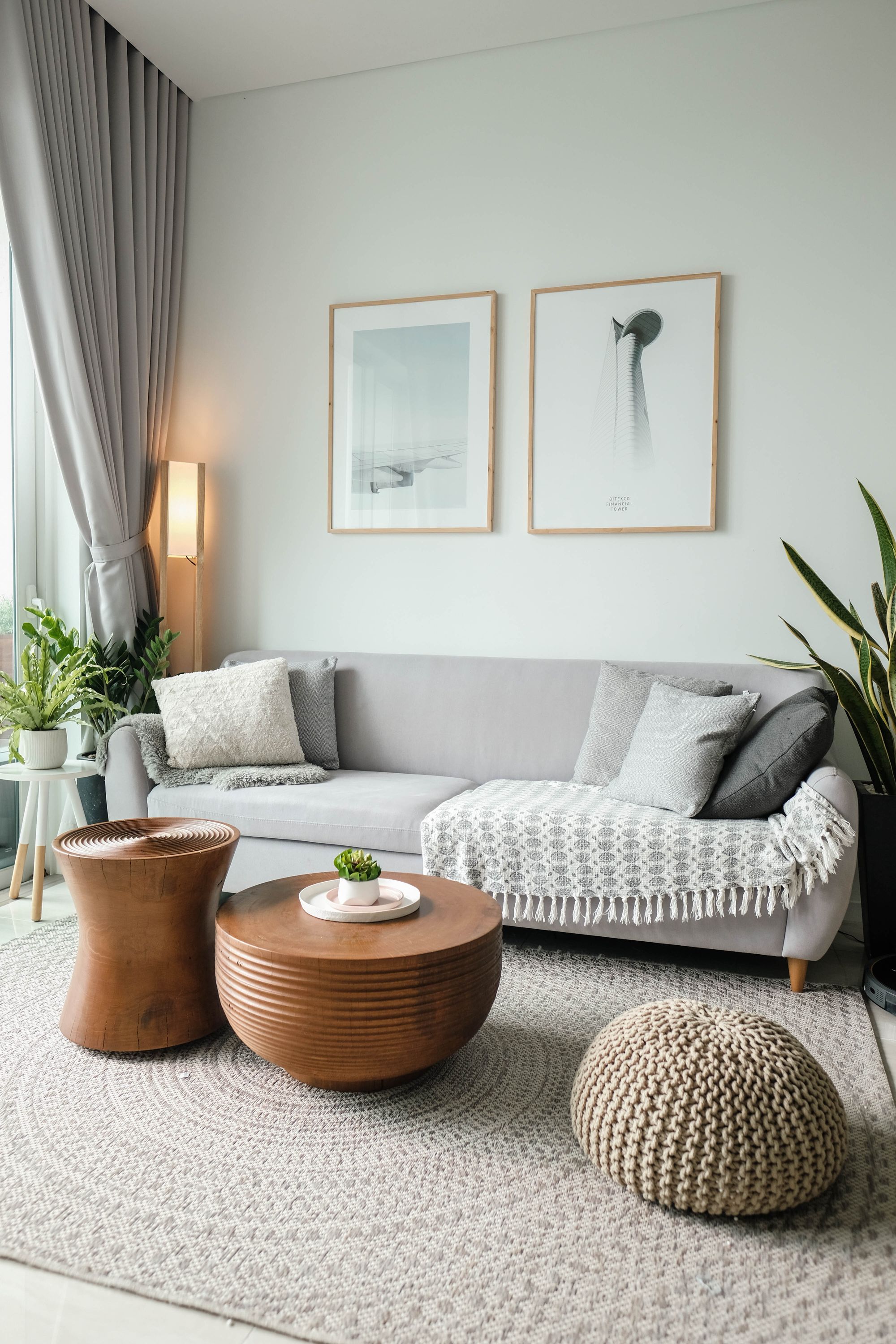
Lighting: The Key to Atmosphere
Lighting can dramatically change the perception of a room. Here are some types of lighting to consider:
1. Ambient Lighting
This is the main source of light in your room, often provided by ceiling fixtures or recessed lighting. It creates an overall glow and sets the stage.
2. Task Lighting
Task lighting includes table lamps and floor lamps that provide focused light for reading or other activities. They can also enhance the decor.
3. Accent Lighting
Accent lighting helps highlight specific features in your living room, such as artwork or architectural details. Use spotlights, sconces, or LED strips for this purpose.
Accessorizing Your Living Room
Once you have the fundamental elements in place, it’s time to add personal touches. Here’s how to accessorize effectively:
1. Artwork
Select pieces that resonate with you. Whether it’s a statement painting or a collection of smaller frames, art can inject personality into your space.
2. Plants
Adding greenery can breathe life into your living room. Consider low-maintenance plants like succulents or snake plants for a burst of color.
3. Textiles
Throw pillows, rugs, and blankets can add warmth and texture. Don’t hesitate to mix patterns and colors for a more dynamic look.
Common Mistakes to Avoid in Living Room Decor
Even experienced decorators can make mistakes. Here are some common pitfalls to watch out for:
1. Overlooking Scale and Proportion
Choosing furniture that is too big or too small can disrupt the balance in your living room. Measure your space before purchasing.
2. Ignoring Flow and Functionality
Ensure that pathways are clear and the layout promotes easy movement. A well-flowing space is not only more attractive but also more functional.
3. Neglecting Lighting
A poorly lit room can feel unwelcoming. Layering different types of lighting can create a cozy and inviting atmosphere.
Final Thoughts: Making Your Living Room Your Own
Decorating your living room is an exciting journey of self-expression. Remember, there’s no one-size-fits-all approach; what works for one person may not resonate with another. Take your time to explore different styles, experiment with colors, and curate your space to reflect who you are. Happy decorating!
FAQs About Living Room Decor
1. What are some budget-friendly living room decor ideas?
Consider DIY projects, shopping at thrift stores, or using removable wallpaper for a fresh look without breaking the bank.
2. How can I make a small living room feel bigger?
Use light colors, mirrors, and multi-functional furniture to create an illusion of space and keep the layout open.
3. What’s the best way to choose a color palette for my living room?
Start with a base color that you love and build around it with complementary shades. Use color swatches to see how they look together in your space.
4. How important is lighting in living room decor?
Lighting is crucial as it not only highlights your decor but also sets the mood and enhances the overall atmosphere of the room.
5. Can I mix different decor styles in my living room?
Absolutely! Mixing styles can create a unique, personalized look. Just make sure to maintain a cohesive color palette to unify the space.